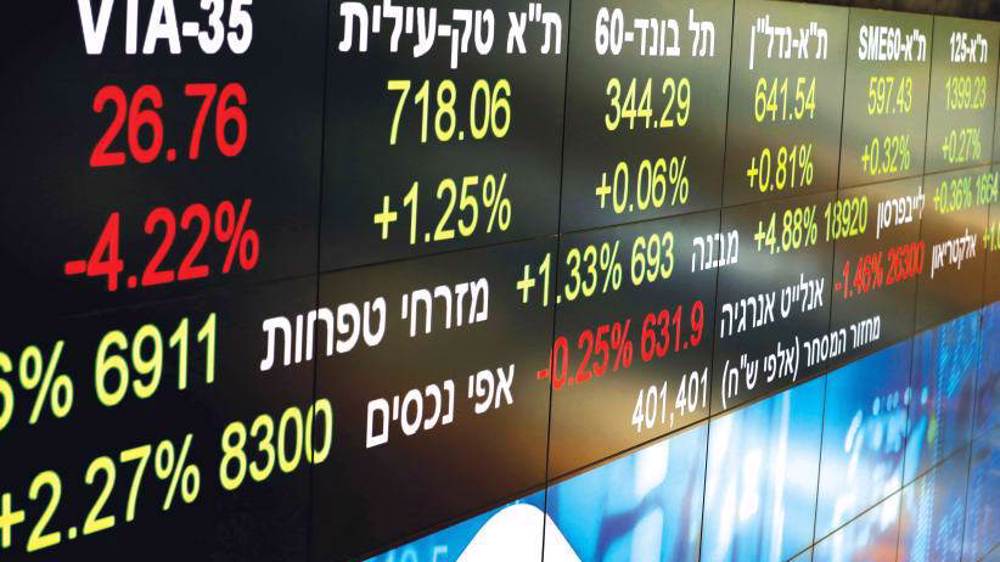The African Free Trade Zone: the winners and the losers
In early July, an operational phase of the African Continental Free Trade Area in Africa (AfCFTA) was launched.
If successful, it would unite over one billion people, create a multi-trillion economic bloc, and start a new age of development in the continent.
The largest since the creation of the World Trade Organization in 1994, the African Continental Free Trade Area is expected to unlock Africa's economic potential through boosting intra-regional trade, among other measures. Currently, the continent's intra-regional trade account for less than 20 percent of exports.
The agreement is also to promote the free flow of commodities, services, capital and people by lowering tariffs and trade barriers.
A positive step in itself, the AfCFTA is faced with obstacles like poor roads and railway lines, violence-hit areas, strict border controls and widespread corruption.
Africa already has a number of competing and overlapping trade zones: ECOWAS in the west, EAC in the east, SADC in the south and COMESA in the east and south, to name a few. Yet, these zones have almost failed to live up to their expectations for African nations as a whole.
The unsuccessful story of these zones has made some observers doubt about the effectiveness of the new free trade area. The AfCFTA seeks to increase intra-African trade by cutting tariffs by 90 percent and harmonizing trading rules at a regional and continental level.
At present, high tariffs and colonial-era infrastructure make it easier for African countries to export to Europe or the United States than to each other.
Malaysia's PM condemns West’s ‘sheer hypocrisy’ over Gaza genocide
NATO scrambled 240 fighter jets to shield Israel against Iran's strikes: Top Cmdr.
Pro-Palestine protests: Raeisi slams West's claims on human rights advocacy
VIDEO | Suppressing anti-war sentiments
Pro-Palestinian activists increasingly facing prosecution across Canada
VIDEO | Hezbollah launches massive rocket attack after deadly Israeli strike
VIDEO | Death toll from rains in southern Brazil climbs to 66, over 100 still missing
Shameless support: Iran says US, Britain main sponsors of Israel's genocide









 This makes it easy to access the Press TV website
This makes it easy to access the Press TV website